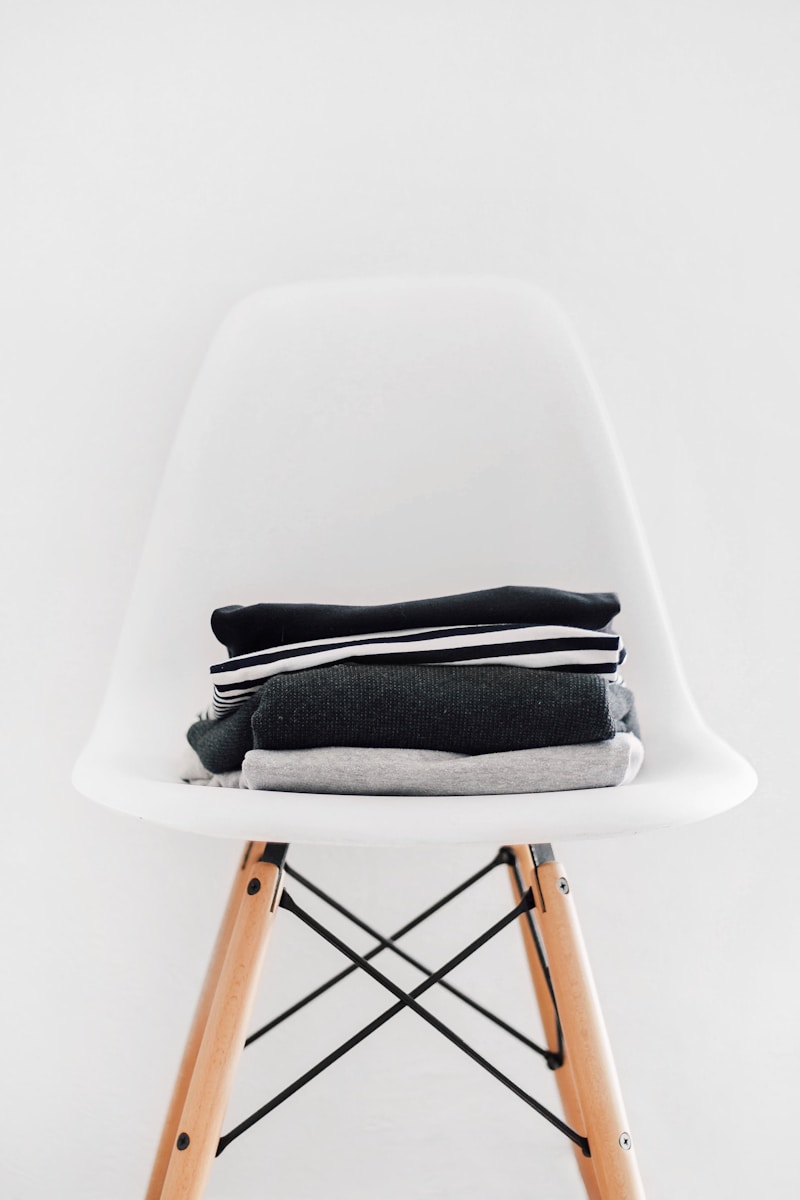Transforming Traditional Gowns with Modern Touches: A Fusion of Heritage and Innovation
Transforming Traditional Gowns with Modern Touches: A Fusion of Heritage and Innovation
In a world where fashion continues to evolve, the timeless allure of traditional gowns remains significant, especially in cultures rich in history. Yet, as we embrace new trends, designers are increasingly blending modern elements with classic styles. This article explores how traditional gowns are transformed with modern touches, ensuring that they resonate with today’s fashion-forward individuals while preserving the essence of their heritage.
The Beauty of Traditional Gowns
Traditional gowns, characterized by intricate embroidery, vibrant colors, and luxurious fabrics, often tell a story of culture, tradition, and identity. Whether it’s the Indian saree, the Chinese qipao, or the European ball gown, these garments have a deep-seated significance in their respective cultures. They evoke emotions and memories, making them more than just clothing; they are symbols of heritage.
Key Features of Traditional Gowns
| Feature | Description |
| Fabric | Often made from high-quality materials like silk, chiffon, or brocade. |
| Design | Intricate patterns and embellishments, highlighting skilled craftsmanship. |
| Colors | Vibrant hues that hold cultural significance; for example, red is considered auspicious in many cultures. |
| Silhouette | Unique cuts that reflect the body shapes and styles of the region. |
Modern Touches: A New Age Approach
The introduction of contemporary elements into traditional gowns has sparked a new wave of creativity in the fashion industry. Here are several ways designers achieve this transformation:
1. Innovative Fabrics
Modern technology has paved the way for innovative fabrics that enhance the comfort and wearability of traditional gowns. Designers now opt for breathable and lightweight materials, making them more practical for modern occasions. For instance, incorporating blends of cotton with silk or using eco-friendly materials caters to the growing demand for sustainable fashion.
2. Minimalist Designs
While traditional gowns often feature elaborate designs, a modern approach leans towards minimalistic aesthetics. This shift allows the beauty of the fabric and craftsmanship to shine without overwhelming embellishments. Simplified lines and monochromatic color palettes can be both chic and sophisticated, resonating with modern sensibilities.
3. Fusion Styles

The fusion of different styles is a hallmark of contemporary fashion. Designers are seamlessly blending Western silhouettes with traditional elements, creating hybrid pieces that cater to diverse tastes. For example, a traditional Indian lehenga can be paired with a modern crop top, or a classic ball gown can incorporate unique ethnic prints, creating a captivating visual effect.
4. Versatile Functionality
Modern lifestyles demand versatility in fashion. Traditional gowns are being adapted to suit various occasions, from casual gatherings to formal events. This adaptability allows wearers to maximize their wardrobe while honoring traditional aesthetics. Options like detachable skirts or layered pieces enable a single gown to be styled differently, appealing to the modern consumer’s desire for functionality.
Real-Life Examples of Transforming Traditional Gowns
Several renowned designers have successfully incorporated modern touches into traditional gowns. Here are a few noteworthy examples:
1. Anamika Khanna
The Indian designer Anamika Khanna is known for her exquisite ability to blend traditional Indian textiles with contemporary silhouettes. Her collections feature elegant drapes combined with structured designs, resulting in gowns that are both regal and modern.
2. Guo Pei
Chinese designer Guo Pei has made waves globally, especially after dressing celebrities like Rihanna. Her designs often reflect classic Chinese aesthetics with a modern twist, showcasing bold colors and intricate detailing fused into new forms.
3. Oscar de la Renta
In Western fashion, Oscar de la Renta’s collections often feature traditional bridal elements reimagined for today’s brides. His use of luxurious fabrics and timeless silhouettes infused with contemporary details keeps the interest alive among modern brides.
Addressing Concerns and Keeping the Tradition Alive
As designers experiment with traditional gowns, concerns about authenticity may arise. It’s essential to approach these transformations with respect and care. Here are some recommendations:
- Research Cultural Significance: Understanding the history and significance of traditional attire is crucial. Designers should immerse themselves in the culture they wish to represent.
- Collaborate with Artisans: Working alongside local artisans ensures that traditional craftsmanship doesn’t fade away. This partnership fosters a sense of community and preserves skills.
- Educate Consumers: Consumers should be informed about the origins of the designs they wear. Highlighting the cultural stories behind modernized garments creates a deeper connection.
Conclusion: A Harmonious Blend of Past and Present
Transforming traditional gowns with modern touches is not just a trend; it’s a way to honor the past while embracing the future. This harmonious blend allows individuals to express their identities, bridging historic values with contemporary aesthetics. As we continue to explore new dimensions of fashion, the role of traditional gowns will undoubtedly evolve, embracing modernity while celebrating heritage. Always remember that with each gown comes a story—let yours be unique.
As you consider integrating traditional gowns with modern touches into your wardrobe, keep in mind the significance of the designs’ origins and the stories they tell. Stay informed, embrace creativity, and enjoy the journey of expressing individuality through fashion!
